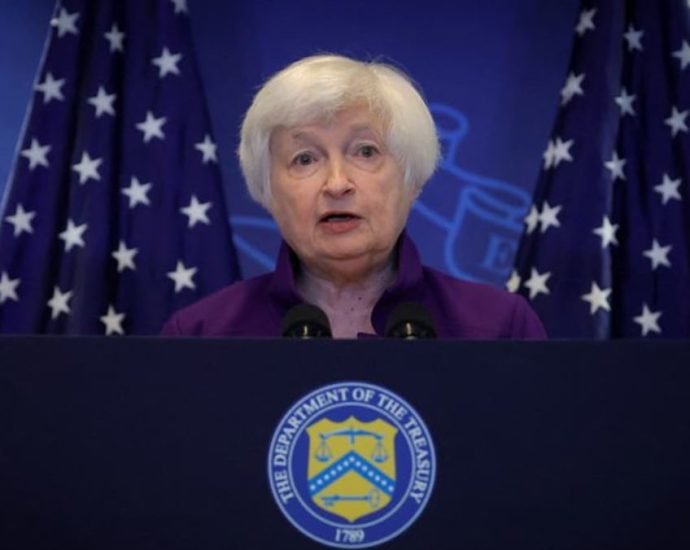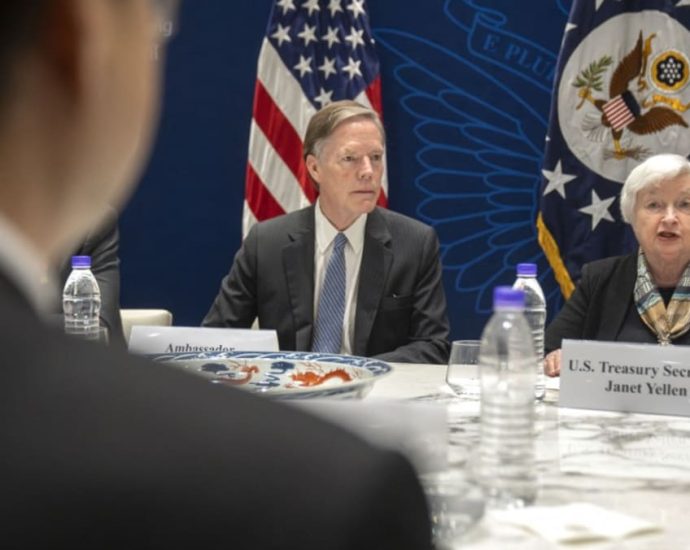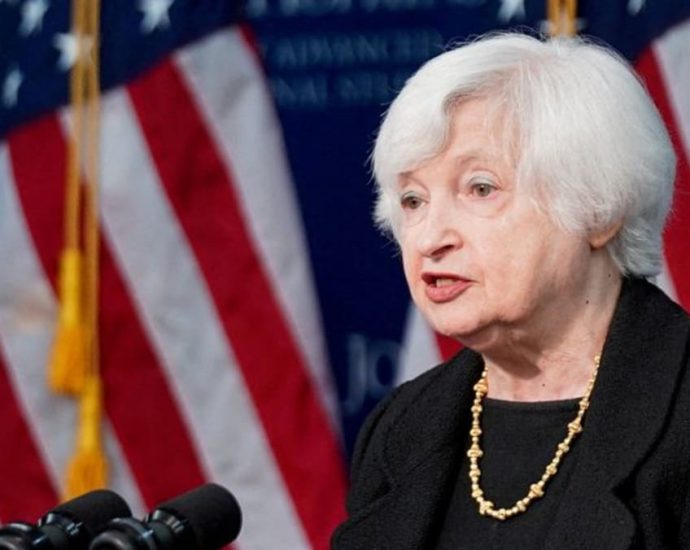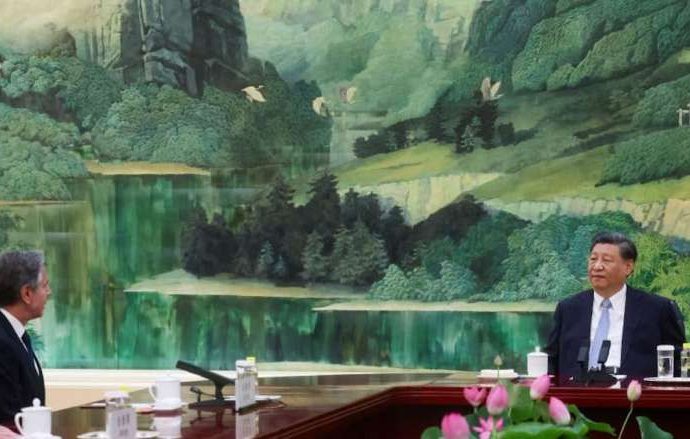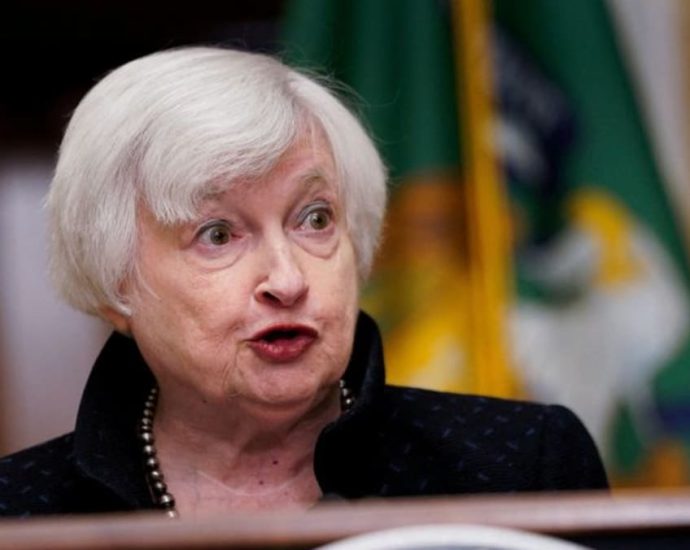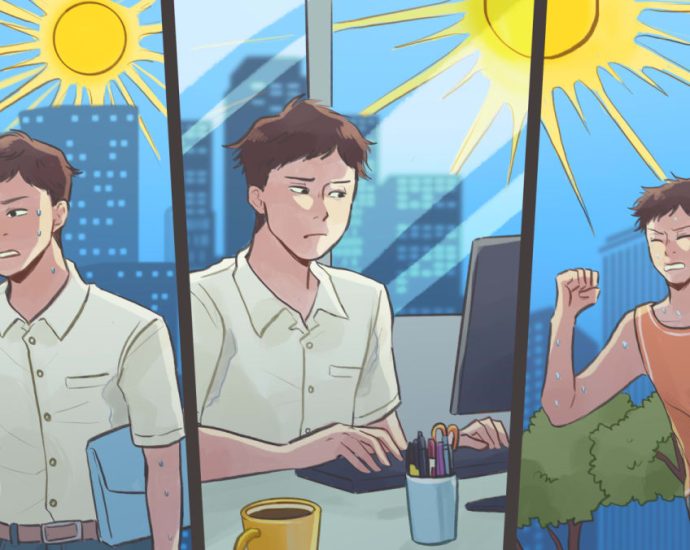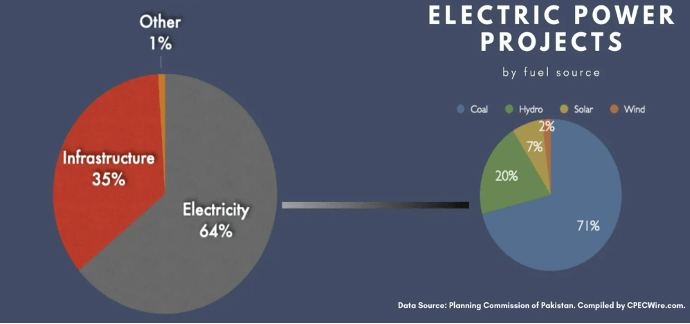Commentary: Should Singapore worry about a loneliness epidemic among seniors?
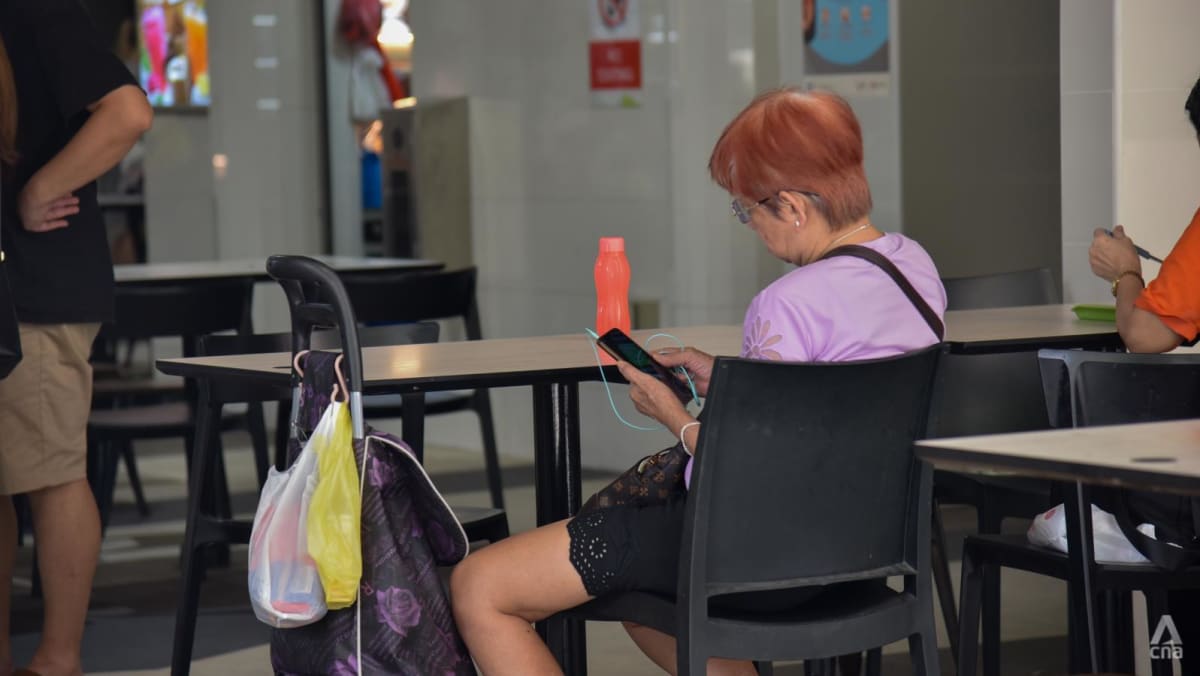
We also quantified, for the first time, the impact of loneliness on life expectancy among older adults, using data from Singapore. We found that people aged 60, who perceived themselves to be lonely, live three to five years less, on average, compared to peers who perceived themselves as not lonely.
Similarly, at ages 70 and 80, lonely older persons could, on average, expect to live three to four and two to three years less, respectively, compared to non-lonely peers.
LONELY IN A CROWD
It is important to note that loneliness is distinct from social isolation. Loneliness refers to the state of distress or discomfort that arises from a gap between one’s desire for social connection and actual experience of it. Whereas social isolation is marked by a low number of family and friends, and the quality of those interactions.
We often think that socially isolated people, for instance those living alone or with spouses only, must be lonelier than those living in multigenerational households with family members all around them. In fact, a significant percentage of older Singaporeans who are living in multigenerational households report being sometimes or mostly lonely.
Similarly, an individual could be in a marriage and feel lonely due to the lack of connection with one’s spouse. As the saying goes, one can be lonely in a crowd.
This is exemplified by the experience of Madam Lau*, a participant in one of our research studies. 72-year-old Mdm Lau lives with her husband and son in a large condominium. She describes Mr Lau as a “macho man” who has never helped with chores or taken care of their children because his job was to earn money. He does his own activities and does not initiate conversations.


